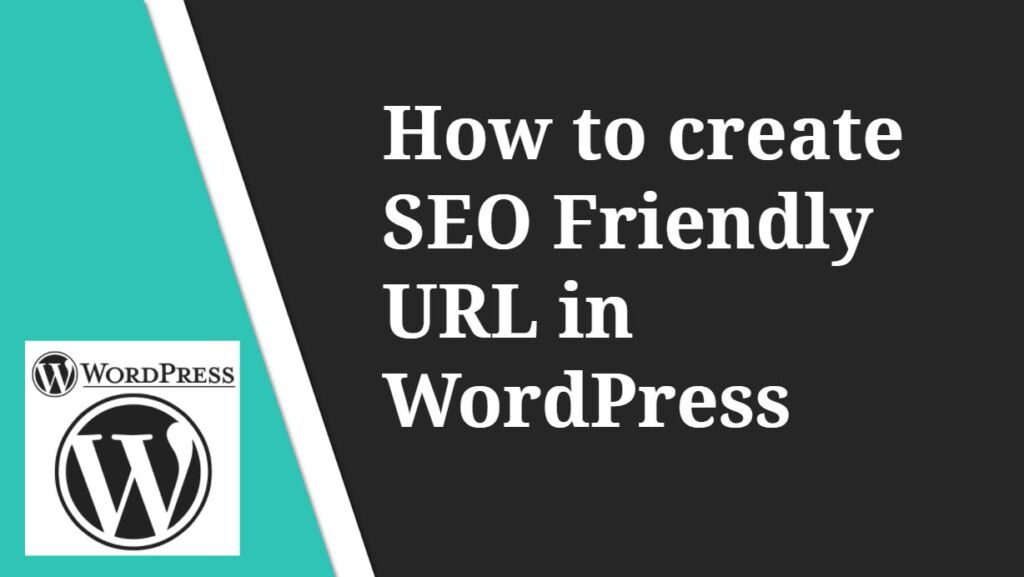

How to Create SEO Friendly URL-:
URL optimizations are a very easy task. This makes your content more SEO friendly and helps search engines understand and rank content better.
How to use Keyword in URL -:
It is very important to insert the Keyword in the URL. So, definitely use your main keyword in the URL. Also try to put it at the beginning of the URL. But keep in mind one thing, do not repeat your keyword in the URL, it will be called keyword stuffing. Google does not like it at all.
Use Dash(-) to separate Words-:
This is very important in terms of search engine optimization and user readability. Use Dash (-) for word spacing in your URL. Never use underscore (_). Because words separated from underscore are considered a word.
Keep URL Short-:
Keep your URL as short as possible. Also it should be descriptive. Short URLs are easy to read and write. If there are too many words in the URL to be the same, it will be considered keyword stuffing and may cause your ranking to fall. You can use 4 to 5 words for your URL. If you do more than this, your URL will not be fully visible in the search result.
If you like my work, Please Share on Social Media! You can Follow WP knol on Facebook, Twitter, Pinterest and Quora for latest updates. You may Subscribe to WP Knol Newsletter to get latest updates via Email. You May also Continue Reading my Recent Posts Which Might Interest You.